Produce your food off the grid requires planning and knowledge. Begin with assessing your land and climate, selecting appropriate crops, building irrigation systems, and preserving food for extended use.
Ensuring your food security is crucial, especially in an age of rising food prices and uncertainties. By growing your fruits and vegetables, you not only have access to healthy, organic produce but also significantly reduce your carbon footprint. With the right resources and conditions, it’s possible to produce enough food to last year-round and even have a surplus to sell or share with neighbors.
However, the journey to become self-sufficient in food is not easy and requires dedication and resources. We will explore ways to produce your food off the grid.
Table of Contents
Benefits Of Produce Your Food
Producing your food off the grid has an array of benefits. Firstly, it ensures that you are using organic methods that are healthier for you and the environment. Secondly, it allows you to save money that would have been spent on buying produce from grocery stores.
Lastly, owning your garden provides a sense of accomplishment and satisfaction.
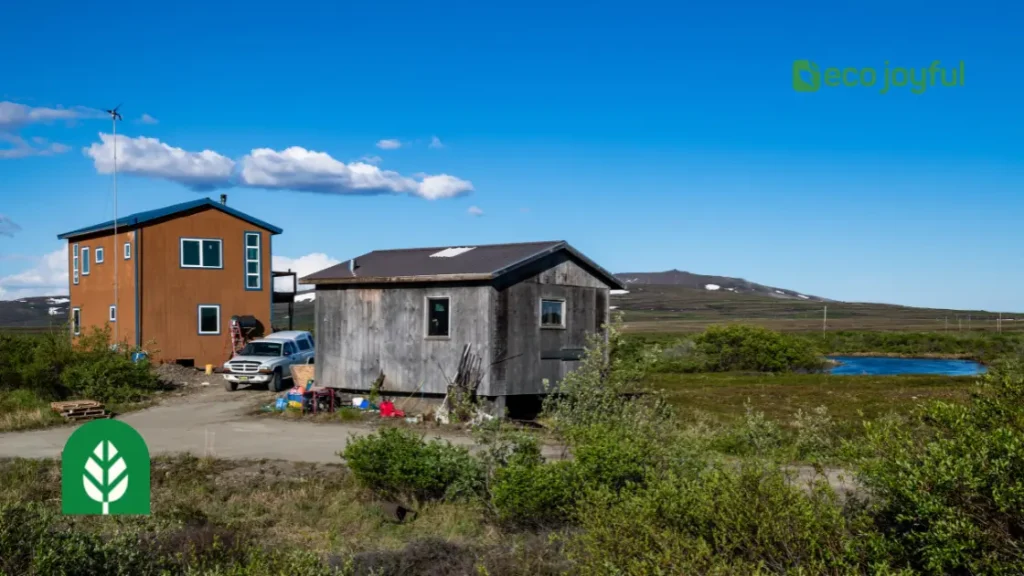
Producing your food off the grid can have numerous benefits. Whether you are living in an urban area or the countryside, growing your food can be a rewarding and fulfilling experience.
Here are some key benefits of producing your food:
Increased Self-sufficiency
When you produce your food, you become less reliant on supermarkets and grocery stores. You can grow your food in your garden, on a small farm, or even in containers. This means that you have control over your food supply, and you can be sure that your produce is fresh and free from pesticides and chemicals.
Producing your food also means that you can be more self-sufficient. You can save money on groceries and reduce your reliance on the food industry. With the right skills and knowledge, you can produce enough food to feed yourself and your family all year round.
Better Quality Of Food
Another benefit of producing your food is that you have more control over the quality of your produce. When you grow your food, you can choose the seeds and the methods used to grow them. This means that you can ensure that your food is free from pesticides, herbicides, and GMOs.
Producing your food also means that you can choose to grow organic produce. Organic food is healthier and more nutritious than conventionally grown produce. It is also better for the environment, as it does not rely on harmful chemicals and pesticides.
In conclusion, producing your food off the grid can have many benefits. Not only does it give you more control over your food supply, but it also ensures that you have access to fresh, healthy produce. Whether you are a seasoned gardener or a beginner, growing your food can be a rewarding and fulfilling experience.

Credit: www.amazon.com
Challenges Of Producing Your Food Off The Grid
Producing your food off the grid is a challenging yet rewarding task. It requires careful planning, hard work, and knowledge of sustainable agriculture practices. From finding water sources to dealing with pests and diseases, there are many factors to consider.
But with determination and proper preparation, you can achieve self-sufficiency and enjoy the fruits of your labor.
Off-grid living may seem idyllic, but producing your own food off the grid has its challenges. Depending on your location, you may run into limited resources and seasonal constraints.
Limited Resources
Living off the grid means you are responsible for everything, from growing your food to generating your power. However, having limited resources like water, sunlight, and fertile soil can make producing your own food a challenge.
To overcome this challenge, you need to be resourceful. Consider installing rainwater harvesting systems to collect water or growing vegetables in containers to conserve space and soil. Similarly, harness the sun’s power with solar panels to power your irrigation systems and lighting.
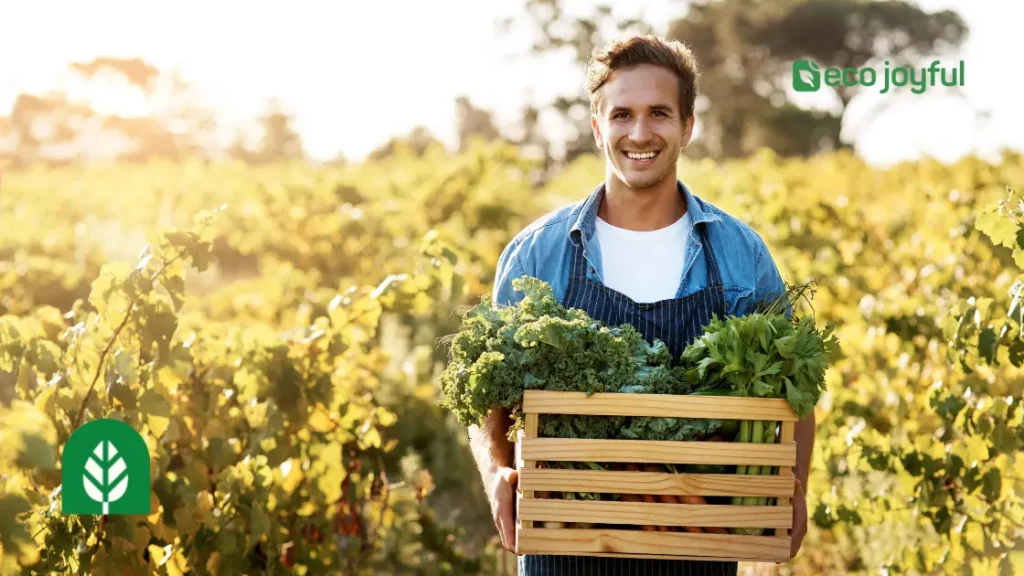
Seasonal Constraints
Seasonal changes can also affect your food production off the grid. During winter, for instance, you may not have access to fresh produce due to harsh weather. Additionally, in dry areas, droughts can limit your access to water and affect crop yields.
To overcome this challenge, you need to plan your food production seasonally. Consider growing crops that thrive in specific seasons and preserving excess produce for those lean periods. Also, consider planting drought-resistant plants and reusing graywater for irrigation during dry periods.
Overall, producing your food off the grid has its challenges, but they are surmountable. With the right resources and planning, you can enjoy fresh, organic produce all year long, no matter where you are.
Assessing Your Land For Food Production
If you want to produce your food off the grid, the first step is to assess your land for food production. This involves soil analysis, as well as evaluating the availability of sunlight and water. By understanding your land’s natural resources, you can plan the most effective way to grow your crops and sustain yourself without relying on outside sources.
Soil Analysis
Conducting a soil analysis is the foundation of successful farming. Test the soil to determine its nutrient level, pH, texture, and composition, which can vary from one spot of land to another. Knowing these specifics allows farmers to develop a fertilizer and irrigation plan that is tailored to the specific needs of their crops.
Sunlight & Water Availability
The amount of sunlight and water your garden will receive is equally important to soil health. Assessing sunlight and light intensity throughout the day is critical to determining which crops will grow and thrive on your land. You must also evaluate the water sources available and consider how they might affect your crops in different seasons. Collect this information throughout the year to plan an irrigation system to provide enough water throughout the growing cycle.
Once you have assessed your land’s resources, you can design a plan, customizing your crops, and planting cycles for your unique environment. This plan will optimize your ability to produce food that will sustain you and your loved ones.
The first step of every journey is the most important. The same goes for off-grid food production. Assessing your land’s soil and sunlight, as well as water availability, are necessary and critical to the success of off-grid farming. By familiarizing yourself with your land’s resources and planning accordingly, you can produce healthy crops that can keep your family fed and healthy year-round.
Selecting Crops That Thrive Off The Grid
When it comes to producing your food off the grid, selecting crops that thrive requires careful consideration. By choosing vegetables and fruits that can grow in your specific environment and climate, you can ensure a successful harvest without relying on traditional farming methods.
With the right selection, you can cultivate a healthy and sustainable source of food for you and your family.
If you’re planning on producing your food off the grid, the first step is to select crops that thrive in a self-sustaining environment. When choosing your crops, you need to consider factors like climate, soil, water availability, and sunlight. The following are some easy-to-grow vegetables and fruit trees that can help you get started:
Easy-to-grow Vegetables
If you’re new to off-grid gardening, you might want to start with vegetables that are easy to grow. These vegetables require little maintenance and can grow in most environments. Here are a few easy-to-grow vegetables that you can cultivate off the grid:
- Tomatoes – They are perfect for off-grid gardening as they don’t need much water and sunlight to grow, and they’re easy to manage.
- Zucchini – This vegetable is easy to grow, and one plant can produce up to 10 pounds of fruit during the growing season.
- Peppers – Peppers grow well off the grid, and they come in different colors and varieties.
- Beans – They are low in maintenance, and you don’t need special tools to grow beans.
- Lettuce – Lettuce is an excellent choice for off-grid gardening because it grows quickly, and it has shallow roots.
Fruit Trees
Fruit trees can take several years to mature, but once they start producing, they can provide an abundant harvest. Here are a few fruit trees that are well-suited for off-grid gardening:
| Fruit Trees | Suitable Environment |
|---|---|
| Apples | Temperate climates |
| Plums | Temperate climates |
| Peaches | Warm and humid climates |
| Pears | Temperate climates |
These fruit trees require well-draining soil, and you need to prune them regularly to keep them healthy.
By selecting crops that thrive off the grid, you’re ensuring a self-sustaining food system for yourself. These crops are easy to cultivate, require less water, and can withstand harsh weather conditions. So, if you’re looking for a way to produce your food off the grid, start with these easy-to-grow vegetables and fruit trees.
Raising Livestock For Sustainable Meat Production
Raising livestock for sustainable meat production is a great way to produce your own food off the grid. With careful management, livestock can help to improve soil fertility while providing a source of protein for your family. By opting for sustainable meat production, you can reduce your environmental impact while enjoying delicious, high-quality meat.
Off the grid living is all about self-sufficiency, and raising livestock is an essential part of that. Raising your livestock for meat production is a great way to ensure that you have a supply of high-quality, organic meat. Additionally, it enables you to manage and control the raising, feeding, and breeding of your animals. This practice not only ensures that your livestock is free from chemicals and antibiotics but is also an environmentally friendly alternative to mass-produced grocery store meat, which contributes to climate change.
Chicken Coops & Egg Production
One of the easiest and most rewarding animals to raise for meat production is chickens. Raising chickens for both meat and eggs can provide significant benefits to off-grid living enthusiasts. Chickens require minimal space and resources, making them an excellent option for those starting out.
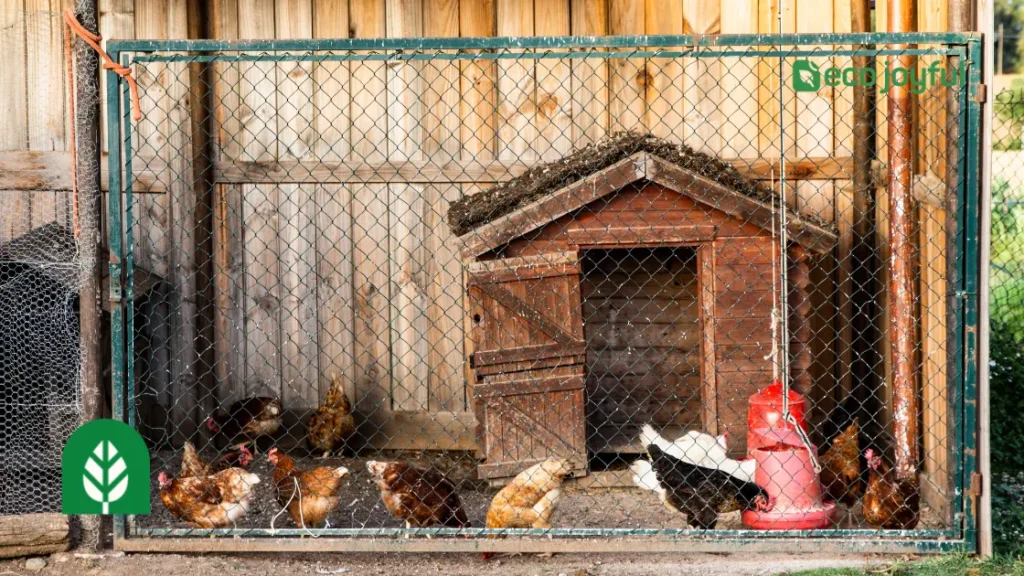
To start, build or purchase a chicken coop with enough space to accommodate your animals comfortably. When raising chickens, it is important to provide them with an organic and well-rounded diet of grains and vegetables. Chickens are egg-producing machines, making them a great investment for those looking to produce their food off the grid.
Goat & Cattle Rearing
Goat and cattle rearing are more challenging than raising chickens but provide an abundant supply of meat. Goats require less space compared to cattle and are easier to handle. They provide a great source of milk, meat, and fiber. Cattle, on the other hand, require more space and resources, but they provide a more significant quantity of meat. It’s essential to understand the significant investment required in feeding and raising cattle, but they offer more extensive and more profitable returns over time. Adequate space, organic food, and regular veterinary care are necessary to raise healthy and hormone-free livestock for sustainable meat production.
Off the grid living requires patience, dedication, and determination. Raising livestock for sustainable meat production may not be as easy as a trip to the grocery store, but it can provide many benefits, including a sense of joy, food security, and self-sufficiency. By starting with small projects like raising chickens for eggs or milk-producing goats, you can quickly gain the knowledge and experience required to move onto larger-scale operations like raising cattle.
Alternative Methods For Food Production Off The Grid
Off-grid living requires alternative food production methods. Learn to grow your own fruits and vegetables in greenhouses, use hydroponics to cultivate your plants, or raise small livestock like chickens and rabbits for meat and eggs. With some research and effort, you can produce nutrient-rich food without relying on grocery stores.
Alternative Methods For Food Production Off The Grid
Producing your own food off the grid is a smart move towards sustainable living. While it may seem challenging to produce a steady stream of fresh produce, there are alternative methods for food production that have been gaining popularity. In this post, we will explore some of the most effective alternative methods for food production off the grid, including hydroponics & aquaponics and permaculture & companion planting.
Hydroponics & Aquaponics
Hydroponics and aquaponics are two innovative techniques for growing food that don’t require soil. Hydroponics involves growing plants in a nutrient-rich solution without soil, while aquaponics combines hydroponics and aquaculture. The plants grow in water, and the waste from the fish provides the nutrients. This closed-loop system is efficient, and with the right setup, it can produce a large amount of fresh produce.
Permaculture & Companion Planting
Permaculture and companion planting are two methods that mimic natural ecosystems and use plants to support each other’s growth. Permaculture focuses on creating a self-sustaining system by using natural materials, composting, and maximizing biodiversity. Companion planting involves planting crops together that complement each other, such as planting basil alongside tomatoes to deter pests.
Alternative food production methods off the grid offer a sustainable solution to growing your food. Hydroponics & aquaponics, permaculture & companion planting, are viable options for anyone looking to grow their food more sustainably. With a bit of planning and investment, anyone can produce a large amount of fresh produce that is environmentally friendly and healthy.
Tools And Equipment Required
To produce your food off the grid, you will need a variety of tools and equipment. These include gardening tools, canning supplies, a water filtration system, and a backup power source, among other things. Investing in these items can help you become more self-sufficient and prepare for any emergencies.
Producing your food off the grid requires specific tools and equipment. These will ensure that you have everything you need to plant, grow, and harvest your crops efficiently, regardless of your location. Below are three must-have tools and equipment required to produce food off the grid.
Solar Panels
One of the first things to consider when producing food off the grid is a source of energy that doesn’t rely on traditional power sources. Solar panels are an essential investment, enabling you to harness the power of the sun to produce electricity that can be used to power your food-producing equipment, from lighting to seed drills and irrigation systems. This technology is a valuable investment, allowing you to produce food with minimal impact on the environment while also providing reliable and sustainable power.
Seed Drillers
Planting crops in large quantities is very tedious, and it’s even more challenging off the grid without access to modern equipment. However, seed drillers make planting a large area of land much easier. These drills ensure that seeds are planted at precise intervals and at the right depth, which significantly improves germination rates, saving you time and maximizing your yields. This
Hand Tools
While investing in equipment is ideal, having a set of reliable hand tools is also vital. You will need basic tools like a hoe, a rake, and a spade to clear the land and turn the soil. Also, you will require pruning shear to trim crops, garden gloves to protect your hands from dirt, and wheelbarrows to move your harvested crops from the field to storage places. With a few basic hand tools, you can carry out essential farming activities and produce fresh, healthy food off the grid.
Therefore, to be successful at producing your food off the grid, it’s essential to invest in solar panels, seed drillers, and hand tools. These tools will allow you to harness readily available natural resources and maximize your yield with minimal effort.
Harvesting And Storing Your Produce
Learn how to harvest and store your produce for off-grid living. Proper harvesting techniques ensure the longevity of your crops, allowing you to have fresh produce all year. Storing your food correctly will help avoid spoilage and extend its lifespan.
Producing your food off the grid involves careful planning, hard work, and patience. In the previous section, we discussed how to choose the right crops to grow, and in this section, we will focus on harvesting and storing your produce. Harvesting at the right time, using the right methods, and storing the produce properly can all make a difference in the quality and quantity of your harvest.
Canning & Pickling
Canning and pickling are great ways to preserve fruits and vegetables all year round. Canning involves cooking your produce in a jar at a high temperature to kill any bacteria and seal the jar. Pickling, on the other hand, involves preserving produce in a vinegar and salt mixture. Both methods rely on storing your produce in a cool, dry place.
Root Cellars & Freezing
Root cellars are a great option if you have a location with a constant temperature between 32 and 40 degrees Fahrenheit. You can use this space to store your root vegetables, such as potatoes and carrots. Freezing is another popular way to preserve food. Before you freeze, it’s essential to blanch your produce to kill any bacteria. Place your fruits and vegetables in an airtight container in the freezer.
In conclusion, harvesting and storing your produce is one of the essential steps in producing your food off the grid. Canning, pickling, root cellars and freezing are all popular options. Plan accordingly to ensure you have enough space to store your produce and take precautions to protect it from pests and bacteria. With the right techniques, you can enjoy your fresh produce all year round.
Conclusion
In a world where resources can sometimes feel finite, producing your food off the grid provides a sense of self-sufficiency and provides a host of benefits for the environment. It can be a daunting task, but with some careful planning and a bit of hard work, it’s possible to produce your food and reduce your carbon footprint in the process.
Plus, there is nothing quite as satisfying as enjoying a meal made entirely from ingredients you’ve grown yourself. So, why not give it a try and see the rewards for yourself?



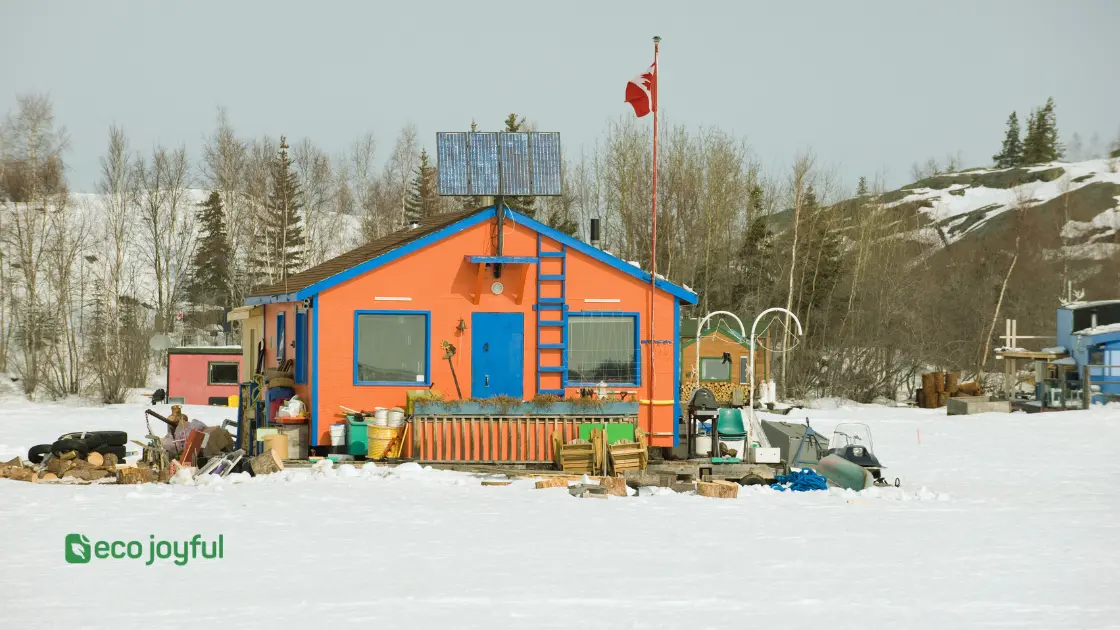
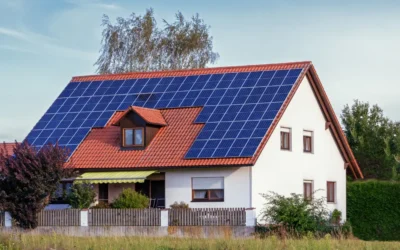
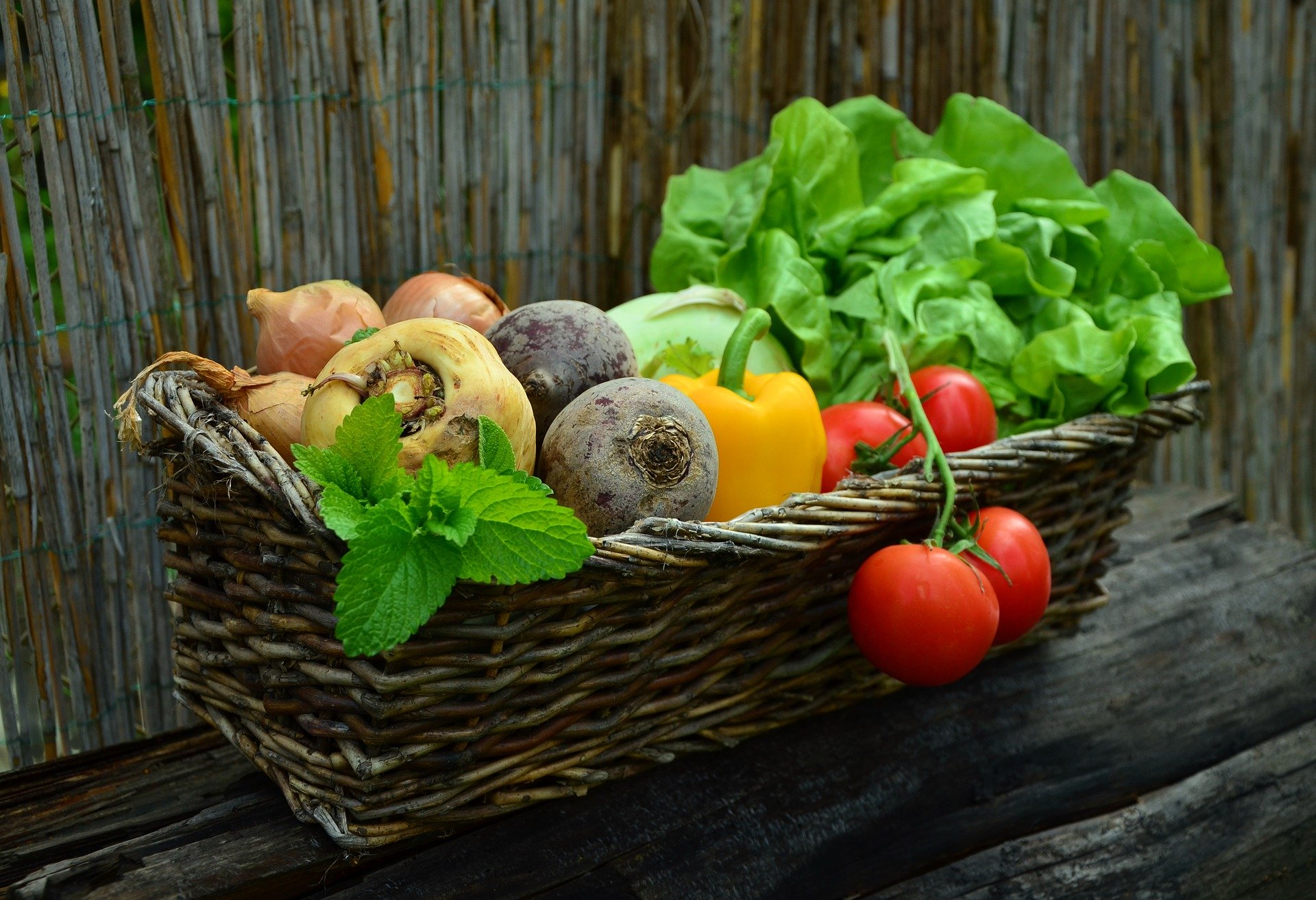
Normally I do not read article on blogs however I would like to say that this writeup very forced me to try and do so Your writing style has been amazed me Thanks quite great post